|
RIGEL
Once again. This was pointed out as a place where 'the coin' (or the rongorongo tablet) should be turned around: ... The Latins called this Porrima, or Antevorta, sometimes Postvorta, names of two ancient goddesses of prophecy, sisters and assistants of Carmenta or Carmentis, worshiped and at times invoked by their women. Porrima was known as Prorsa and Prosa by Aulus Gellius of our 2d century. γ [Virginis, *191.5] was specially mentioned by Kazwini as itself being Zāwiat al 'Awwā', the Angle, or Corner, of the Barker; and Al Tizini, with Ulug Beg, had much the same name for it; but Al Bīrūnī, qouting from Al Zajjāj, said 'these people are all wrong', and that 'Awwā' here meant 'Turn', referring to the turn, or bend, in the line of stars ... And in order to see more clearly we should presumably use the Julian day for the northern spring equinox, viz. day 84 (→ 6 fortnights) as counted from January 1: ... Why should we count thus? Because the Julian equinox was defined as day 84 counted from January 1 and by adding 16 in order to reach the corresponding day in ancient times - when they waited late at night for the return to visibility of the relevant star - the sum will become a nice 100 ...
The flavour (flowers, colours) of our numbers will now be more beautiful (in better order). For instance was 74 (→ Rigel) the number chosen for the last page of the Dresden Codex, telling about much water:
Perhaps we should count 4 quarters with 84 nights in each, and then deduce that 364 - 4 * 84 = 28 nights = 4 weeks were out of sight, as if submerged by a flood. ... During the time of Roroi, the waves rose and the water (of the sea) flooded the land. It rose during the time of Tuu Kuma, during the time of Ataranga, during the time of Harai, during the time of Taana, during the time of Matua, and during the time of Hotu. During the time of Roroi, the water flooded the land and killed a great number of Roroi's people. The time of the rule of Tuu Kuma drew near. During the time of Tuu Kuma, Tuu Kuma spoke: 'Because of (?) Roroi, misfortune has come to many of Tuu Kuma's people.' [E:4]
Once upon a time there had been 13 months, but the Serpent Carrier had then been pushed out of sight.
... This [σ Sagittarii] has been identified with Nunki of the Euphratean Tablet of the Thirty Stars, the Star of the Proclamation of the Sea, this Sea being the quarter occupied by Aquarius, Capricornus, Delphinus, Pisces, and Pisces Australis. It is the same space in the sky that Aratos designated as Water ... Although not by the Chinese, who instead used their earth turtle to push the green serpent high:
And as to number 210 (κ Virginis) it could the 21(0) Egyptian judges of the dead:
We should then look at this remarkable Roman coin:
It suggests a horizontal reversal on one side (the front side) and a vertical reversal on the other (back) side - as if what is depicted should correspond to the upraised stern (steering place assigned for the women) of the sunken ship Argo Navis. ... It is an interesting fact, although one little commented upon, that myths involving a canoe journey, whether they originate from the Athapaskan and north-western Salish, the Iroquois and north-eastern Algonquin, or the Amazonian tribes, are very explicit about the respective places allocated to passengers. In the case of maritime, lake-dwelling or river-dwelling tribes, the fact can be explained, in the first instance, by the importance they attach to anything connected with navigation: 'Literally and symbolically,' notes Goldman ... referring to the Cubeo of the Uaupés basin, 'the river is a binding thread for the people. It is a source of emergence and the path along which the ancestors had travelled. It contains in its place names genealogical as well as mythological references, the latter at the petroglyphs in particular.' A little further on ... the same observer adds: 'The most important position in the canoe are those of stroke and steersman. A woman travelling with men always steers, because that is the lighter work. She may even nurse her child while steering ... On a long journey the prowsman or stroke is always the strongest man, while a woman, or the weakest or oldest man is at the helm ...
... One of them was seized by a fish, and never seen again. The other was taken round and round to the very lowest center of the whirlpool, when another circle caught him and bore him outward ...
Balancing in the center (of interest) in the billowing hair of the pair of oppositely oriented Janus heads there seems to be a 'precious vase' (containing rain water). ....Te haere mai nei na ni'a i te ho'e pahi ama 'ore. (They are coming on a ship without an outrigger), was Vaitąs reply. Then in order to illustrate the subject, Vaitą, seeing a large umete (wooden trough) at hand, asked the king to send some men with it and place it balanced with stones in the sea, which was quickly done, and there the umete sat upon the waves with no signs of upsetting amid the applauding shouts of the people ...
... In China, with Capricornus, Pisces, and a part of Sagittarius, it [Aquarius] constituted the early Serpent, or Turtle, Tien Yuen; and later was known as Hiuen Ying, the Dark Warrior and Hero, or Darkly Flourishing One, the Hiuen Wu, or Hiuen Heaou, of the Han dynasty, which Dupuis gave as Hiven Mao. It was a symbol of the emperor Tchoun Hin, in whose reign was a great deluge; but after the Jesuits came in it became Paou Ping, the Precious Vase. It contained three of the sieu, and headed the list of zodiac signs as the Rat, which in the far East was the ideograph for 'water', and still so remains in the almanacs of Central Asia, Cochin China, and Japan ...
The corresponding place on the reverse side of the Roman coin exhibits what looks like an uplifted piece of land, possibly to be compared to that Land where Argo Navis ultimately had grounded.
... At length there appeared beside them the gable and thatched roof of the house of Tonganui, and not only the house, but a huge piece of the land attached to it. The brothers wailed, and beat their heads, as they saw that Maui had fished up land, Te Ika a Maui, the fish of Maui. And there were houses on it, and fires burning, and people going about their daily tasks. Then Maui hitched his line round one of the paddles laid under a pair of thwarts, and picked up his maro, and put it on again ... Taking all the above into consideration it can be understood as various kinds of statements explaining that there was Water on one side (of the Sun year) and Dry land on the other. Misseri. Althoug according to the complementary withershins (nightside) view the order had to be the opposite, i.e. with Land preceding Water: ... The first half beginning with Alef - an ox, and ending with Lamed - a whip. The second list begins with Mem - water, and continues with Nun - fish, Samek - fish bones, Ayin - a water spring, Peh - the mouth of a well, Tsadi - to fish, Kof, Resh and Shin are the hook hole, hook head and hook teeth, known to exist from prehistoric times, and the Tav is the mark used to count the fish caught ... For this was the side of the Moon (moving up from the horizon in the west and going down at the horizon in the east).
Thoth was a Moon god and he had invented the letters: ... The four bereaved and searching divinities, the two mothers and their two sons, were joined by a fifth, the moon-god Thoth (who appears sometimes in the form of an ibis-headed scribe, at other times in the form of a baboon), and together they found all of Osiris save his genital member, which had been swallowed by a fish ... ... Most ingenious Thoth, said the god and king Thamus, one man has the ability to beget arts, but the ability to judge of their usefulness or harmfulness to their users belongs to another; and now you, who are the father of letters, have been led by your affection to ascribe to them a power the opposite of that which they really possess. For this invention will produce forgetfulness in the minds of those who learn to use it, because they will not practise their memory. Their trust in writing, produced by external characters which are no part of themselves, will discourage the use of their own memory within them. You have invented an elixir not of memory, but of reminding; and you offer your pupils the appearance of wisdom, not true wisdom, for they will read many things without instruction and will therefore seem to know many things, when they are for the most part ignorant and hard to get along with, since they are not wise, but only appear wise ... The origin of these ideas goes back at least to Sumerian times. Up there above in the sky was a Godboat and down below was the muddy surface of Mother Earth:
We can here in the bottom panel, with X low at left together with at top right the square with a hole, compare with the similar features on the reverse side of the Roman coin. And from there we could then go on to perceive an evident correspondence between Janus (→ and the Sun 'Lion') with the Moon 'Bull' (drawn oppositely oriented and here only as its hind part ('tail'), pars pro toto → Ox). For the pitcher had now emptied itself over the Lion, suggesting the inauguration of a new ruler. ... The Mahabharata insists on six as the number of the Pleiades as well as of the mothers of Skanda and gives a very broad and wild description of the birth and the installation of Kartikeya 'by the assembled gods ... as their generalissimo', which is shattering, somehow, driving home how little one understands as yet. The least which can be said, assuredly: Mars was 'installed' during a more or less close conjunction of all planets; in Mbh. 9.45 (p. 133) it is stressed that the powerful gods assembled 'all poured water upon Skanda, even as the gods had poured water on the head of Varuna, the lord of waters, for investing him with dominion'. And this 'investiture' took place at the beginning of the Krita Yuga, the Golden Age ...
|
|||||||||||||||||||||||||||||||||||||||||||||||||||||||||||||||||||||||||||||||||||||||||||||||||||||||||||||||||||||||||||||||||||||||||||||||||||||||||


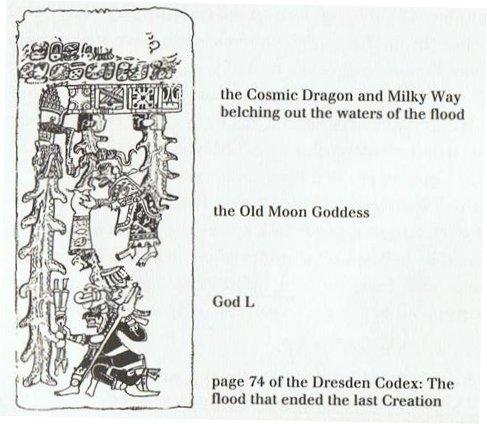


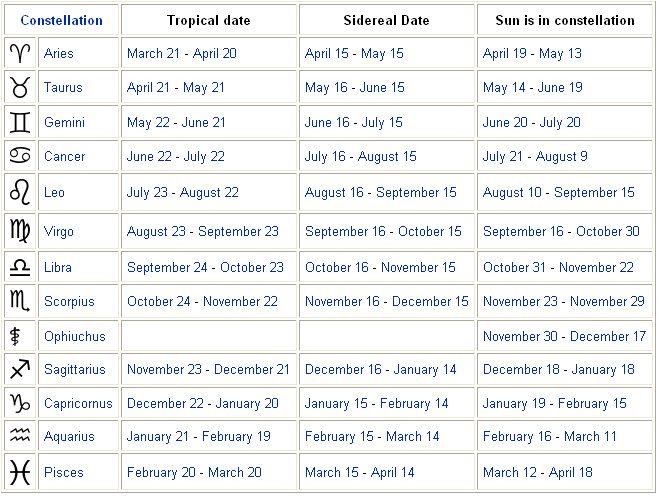


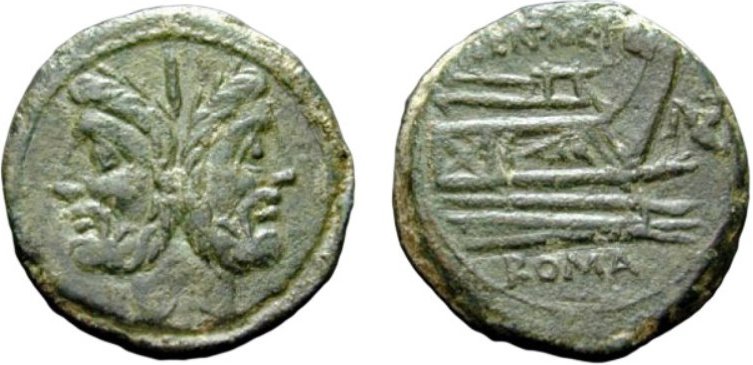
.jpg)
.jpg)
.jpg)
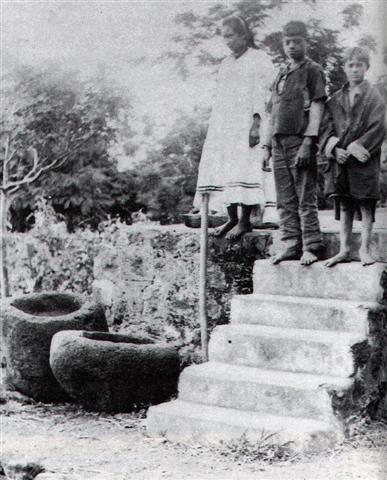

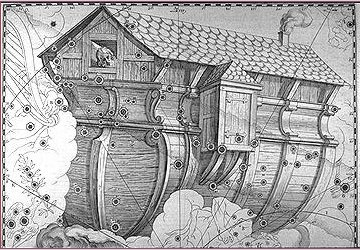

.jpg)
